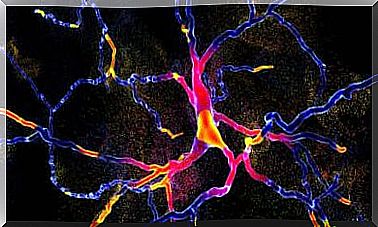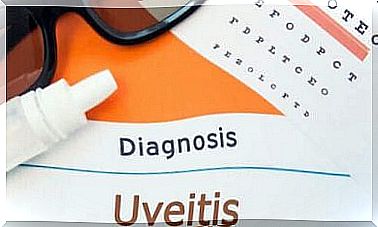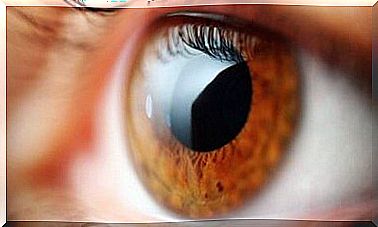Hyperlipidemia: Elevated Lipid Levels In The Blood

Hyperlipidemia and dyslipidemia are elevated levels of lipids in the blood. Lipids are transported by lipoproteins to the tissues where they are utilized and stored. They form an energy reserve and the body uses them when it needs to meet the metabolic needs of its tissues.
Cholesterol is a lipid (or fat) that plays an important role in the proper functioning of the body. In addition, it is part of the plasma membrane of the cells. Triglycerides are also lipids and are an important energy reserve in the body.
Causes of Elevated Lipid Levels in the Blood
Elevated levels of cholesterol and triglycerides in the blood that are above what is considered adequate or normal. This is a significant risk factor for atherosclerosis. In turn, atherosclerosis is a very important risk factor for both cardiovascular and cerebrovascular accidents (CVAs).
Avoidable Causes
Some of the preventable causes that we can modify to help control cholesterol and triglyceride levels include the following factors:
- Nutritional imbalance: If your diet is high in saturated fats, trans fats and cholesterol, the risk is higher.
- Overweight and Obesity: When overweight, bad cholesterol and triglycerides tend to increase, while good cholesterol levels decrease.
- Tobacco and alcohol use: Tobacco consumption affects blood circulation.
Unavoidable Causes
Unavoidable causes, which we cannot do anything about, include factors such as genetics, age and gender. It is also important to note that in some cases hypercholesterolemia is linked to other diseases, indirectly causing an increase in cholesterol levels.
Genetic hypercholesterolemia is a hereditary disease that is present at birth. People with this condition have elevated blood cholesterol levels.
Signs and Symptoms of Hyperlipidemia
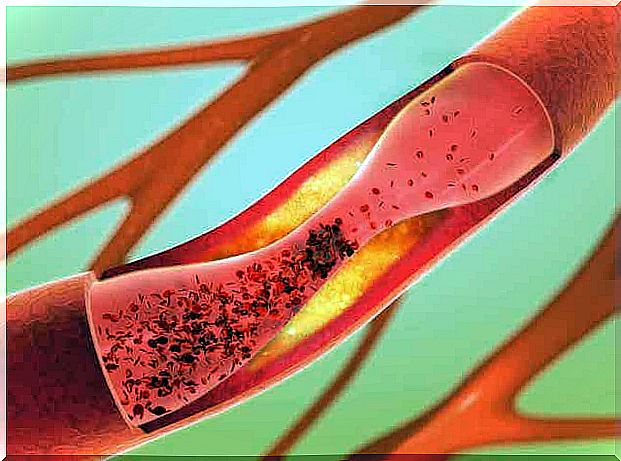
Elevated lipid levels do not manifest with certain signs or symptoms. Rather, hyperlipidemia usually goes undetected until detected by a blood test or because a cardiovascular incident occurs. The symptoms most often associated with these diseases are:
- Xanthomas: Fatty deposits on the skin of the hands, elbows, or other parts of the body, even around the cornea of the eye.
- Xanthelasmata : fatty deposits on the eyelids.
- Cramps: especially in the calves, when walking.
- Ulcers on the toes that do not heal.
Since there are no symptoms, it is critical to detect hyperlipidemia as early as possible to avoid the effects and problems it can cause.
It is advisable to have preventive testing, especially in people with a family history or with risk factors. Some of the factors that experts consider to be risk factors include:
- Age: Men over 45 years of age and women over 55 years of age or with premature menopause.
- Family history of cardiovascular problems.
- To smoke.
- High bloodpressure.
- HDL cholesterol < 35 mg/dL.
- Diabetes mellitus.
Dietary Supplements for Hyperlipidemia
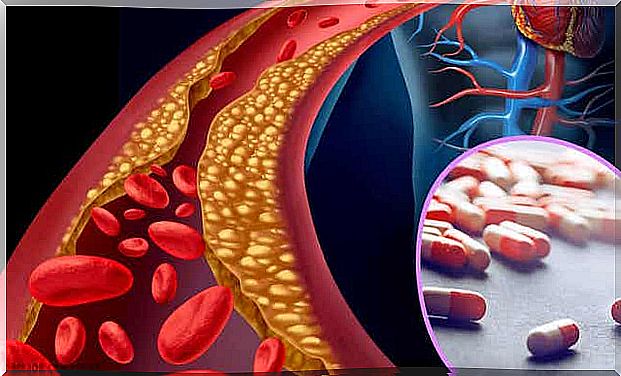
The main drugs doctors prescribe to control cholesterol levels are statins, ion exchange resins, fibrates and omega 3 fatty acids. The doctor will choose the appropriate drug based on the parameter requiring treatment, which poses the greatest risk to health.
Treatment may also include nutritional supplements and phytotherapy, which refers to herbal preparations that may be helpful. Among the plant substances useful in the treatment we find, for example:
- Plant species with fibres: for example plantago ovata, forssk, konjac and koch.
- Pure food supplements: think of omega 3 fatty acids (Spanish link), EPA and DHA from fish or krill oil.
- Coenzyme Q10 (Spanish link) and red yeast rice: monacolin K in red yeast rice.
- Substances that improve the lipid profile: such as garcinia cambogio or garcinia gummigutta, soy, lecithin and isoflavones.
Hyperlipidemia and Changing Habits
Most dyslipidemias are due to preventable factors. Most cases are caused by an unbalanced diet, a sedentary lifestyle and certain lifestyle factors. Therefore, the first thing you should do is change your lifestyle.
